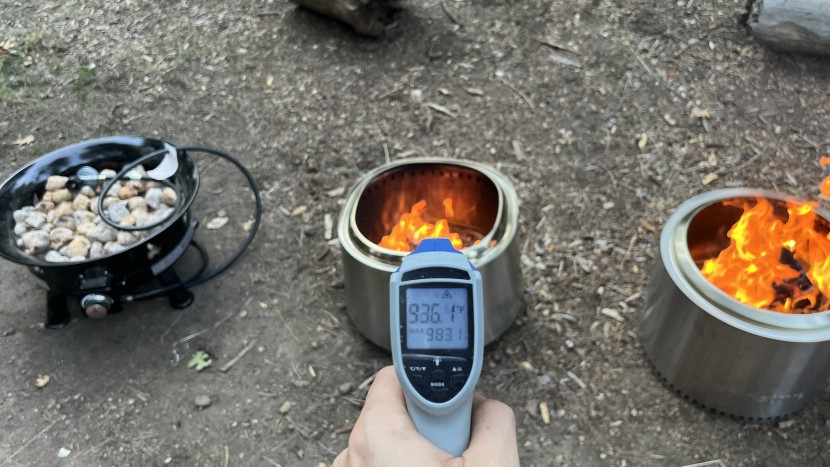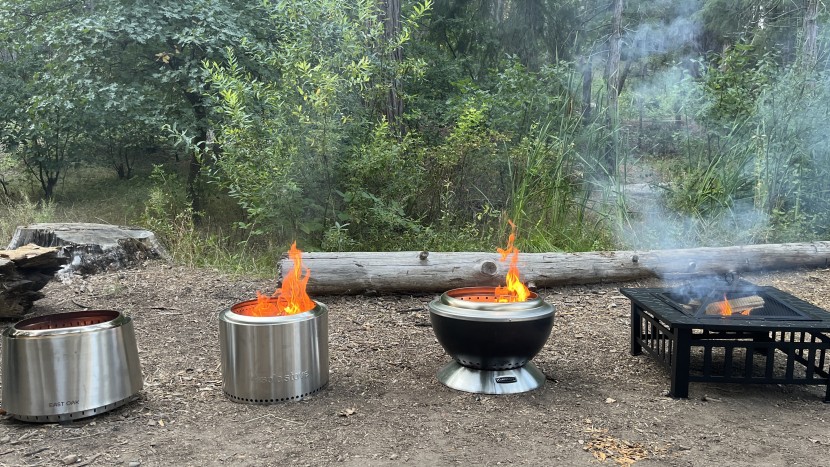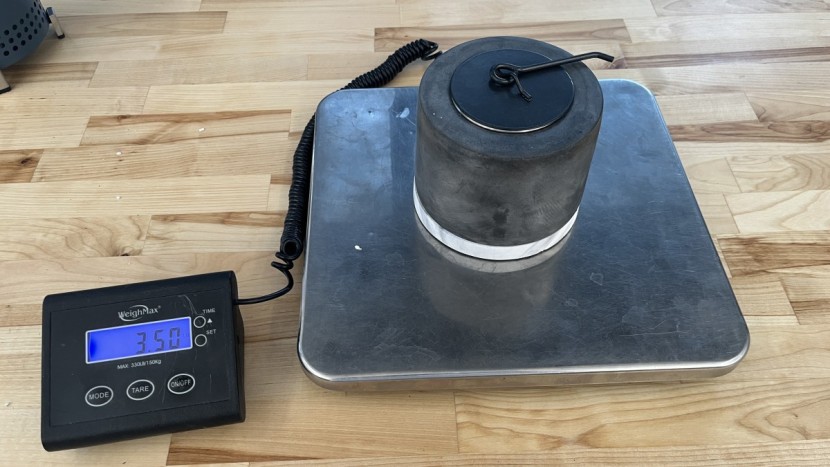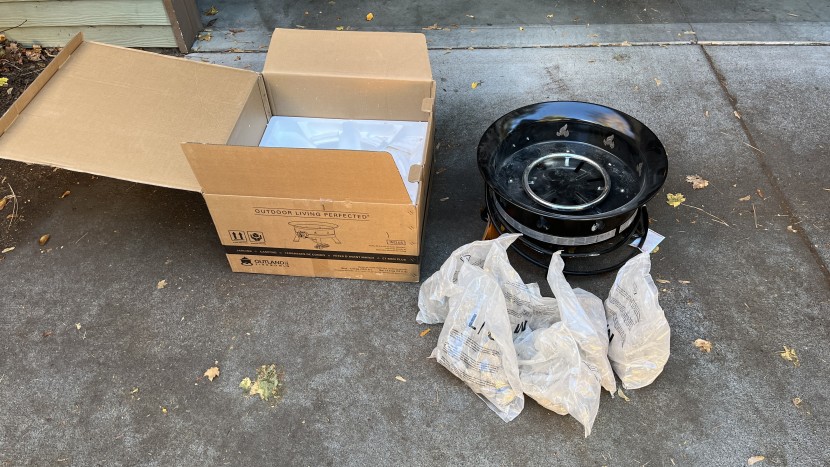We tested each fire pit while primarily camping and hanging out in the backyard. We focused on monitoring each pit's heat output on various occasions. We also made sure to note how each pit did with smoke management under different circumstances, such as weather and fuel type. During all of our testing, we highlighted standout features and things we either loved most or aspects of each pit we were not particularly a fan of.
Heat Output
We know how important a fire pit with good heat is to the overall experience around the fire. We evaluated how well each fire pit was emitting heat by using infrared thermometers to measure the temperature in Fahrenheit. We also measured how well each pit dispersed its heat three hundred and sixty degrees around. By finding its heat distribution characteristics, we could better understand how each pit performs in a variety of conditions. We also made sure to emphasize how long each pit can burn under identical conditions. Using timers, equal parts wood, and a starter, we logged how long each fire burned. This helped us identify the efficiency of each fire pit's burn.
Smoke Management
The way a fire pit handles oxygen flow can significantly impact your overall experience. To evaluate how well each model managed smoke, we examined the air intake design and its effectiveness in minimizing emissions. Some pits are engineered to be nearly smokeless by using secondary combustion—burning at a high enough temperature to eliminate particles before they become smoke. To compare performance fairly, we conducted side-by-side tests using the same amount of wood and consistent weather conditions. Observing each fire pit throughout key phases—start-up, full burn, and burnout—allowed us to assess how well their design controlled smoke from beginning to end.
Portability
Having a fire pit with the ability to transport easily to the campsite, backyard, or beach is greatly appreciated. We tested each pit's portability through independent weight testing along with measuring dimensions. We also tested by assessing how easily they could be lifted and carried. We also put them into different cars to see how common vehicle spaces work with each pit.
Ease of Cleaning
Clean-up is an underrated quality in fire pits. Being able to easily access an ash pan and dispose of ash quickly makes life easier. We tested the ease of cleaning by measuring the time required to clean each pit effectively. We also evaluated how easily each pit's different components can be accessed for cleaning. Lastly, we made sure to include whether each pit required a tool or a special process to clean.
Ease of Assembly
The uncertainty of opening a package and wondering whether or not special assembly is required can be daunting. We took time to find out how easily each package can be opened from the box to the finished product. While straightforward, we measured how long each pit took to assemble, as well as whether any specialized tools were needed to assemble.





